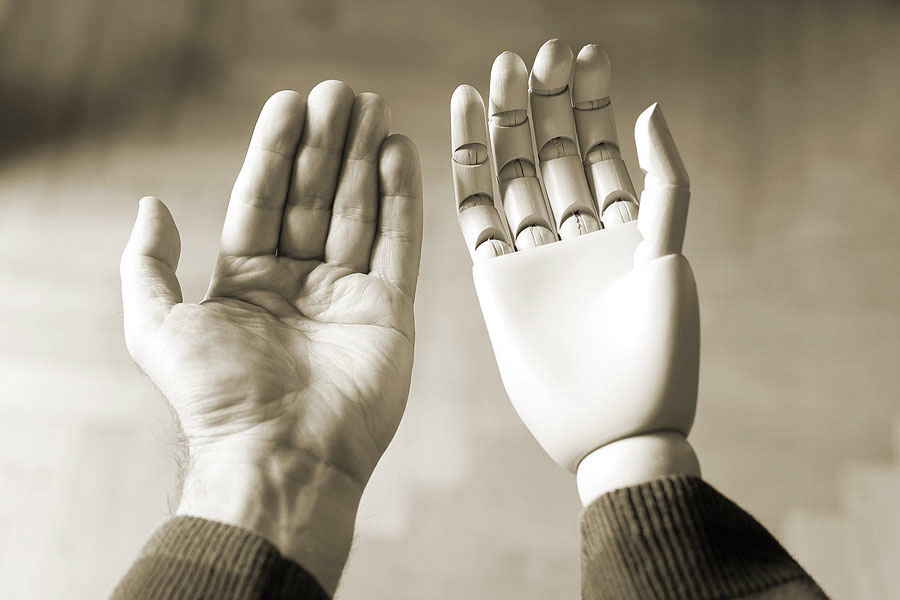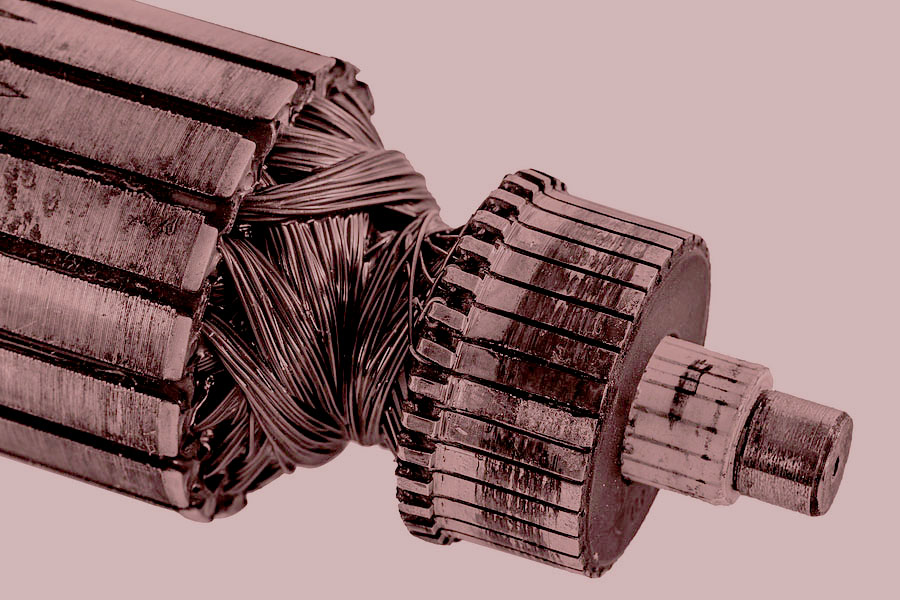Available for licensed manufacturing. Patent Pending.
Overview of existing marketplace:
The loudspeaker design has not changed since it’s invention in 1924. It is the most widely used speaker design, but also has numerous drawbacks. It is bulky, requires large magnets, often requires boosters to amplify the sound, each single speaker can only reproduce a limited range of frequencies.
A loudspeaker is an electroacoustic transducer; a device which converts an electrical audio signal into a corresponding sound. The most widely used type of speaker is the dynamic speaker. The dynamic speaker was invented in 1924 by Edward W. Kellogg and Chester W. Rice. When an alternating electrical audio signal is sent to the electro magnet voice coil, a coil of wire suspended in a circular gap between the poles of a permanent magnet, the coil is forced to move rapidly back and forth. Which causes a flexible diaphragm attached to the coil to move back and forth, vibrating the air to create sound waves.
Our invention eliminates the permanent magnet, the flexible diaphragm, and wire coil. It achieves sound vibrations with a lower profile that can also scale to smaller or flat/low profile designs. It also provides the ability to do more complex audio frequency combinations within a panel of our cell speakers. Providing a wider range of sound frequency variety. This is also achieved with lower power requirements of the loud speaker design.
Brief Summary:
Utilizing small highly compact printed electro magnets that replace; the flexible diaphragm, the solid magnet and the wire coil magnet in the standard loud speaker design, with a piston based structure; to create the sound / air vibrations. A grid of these small low profile piston speakers can produce sound across the grid for synchronized sound (all responding to the same electric variations), or localized sound to produce high, low and midrange audio vibrations with the same grid structure. Parts of the grid may have larger or deeper pistons to produce different sound vibrations. This approach enables a wide range of sound capabilities within this invention. Each speaker is a “cell speaker” within the grid that comprises the speaker system. The inner printed electro magnet top surface has a solid layer acting as a non-flexible diaphragm.
For more detail, and if your firm is interested in licensing this Patent Pending invention.




